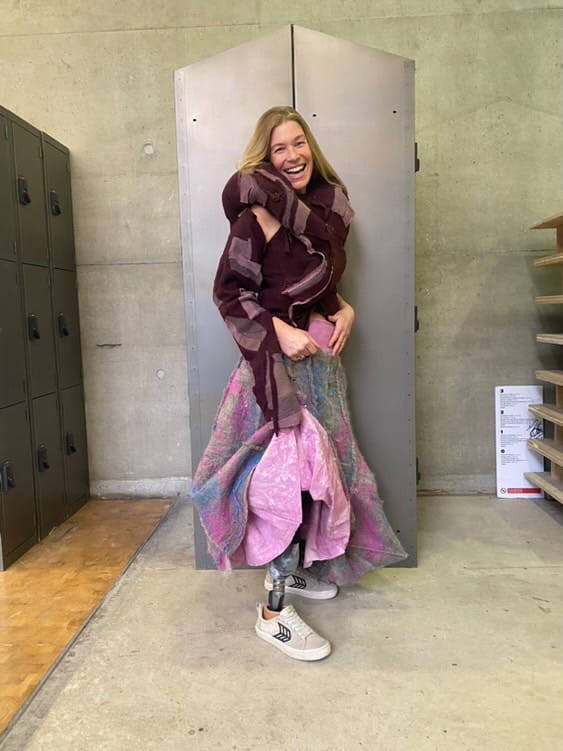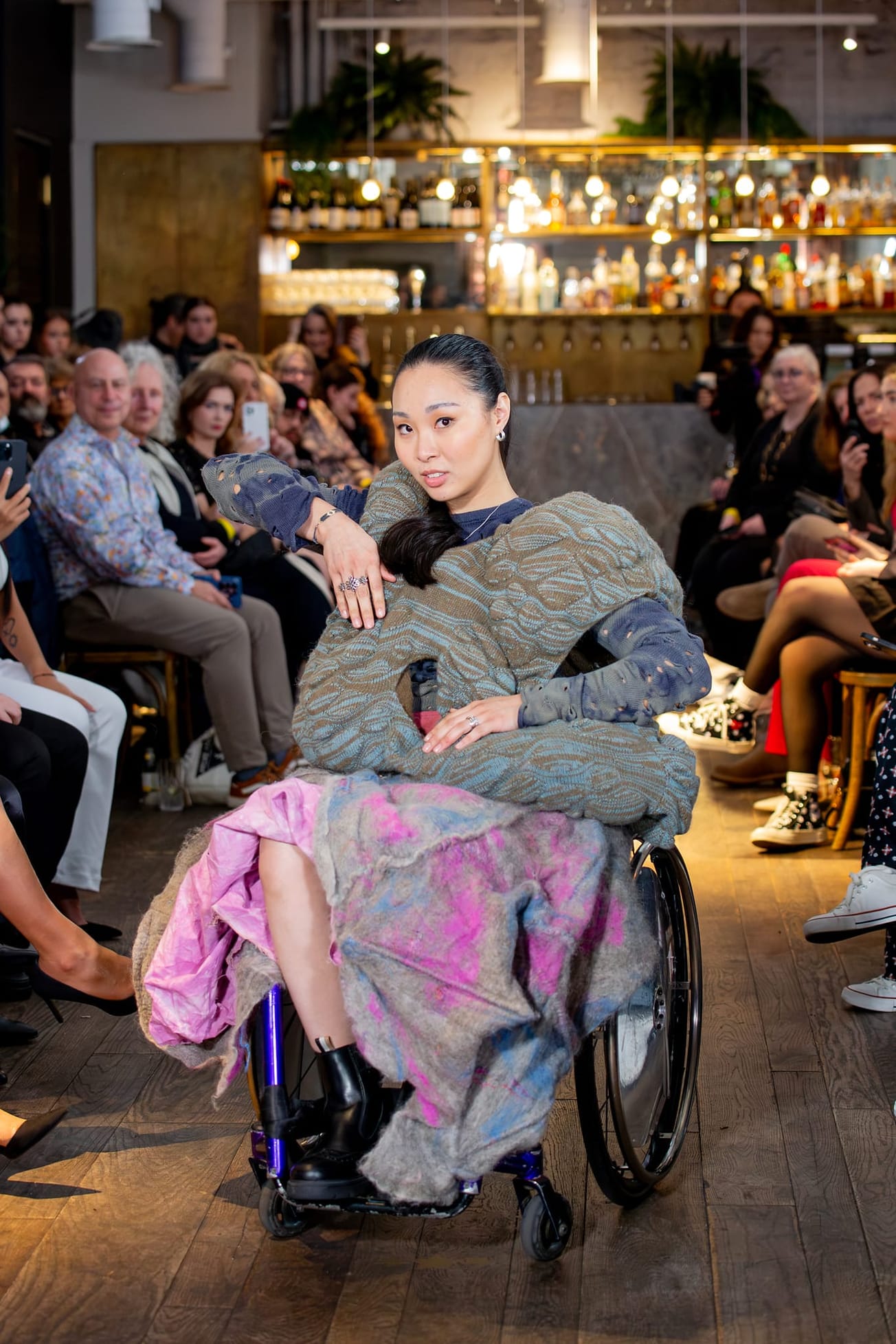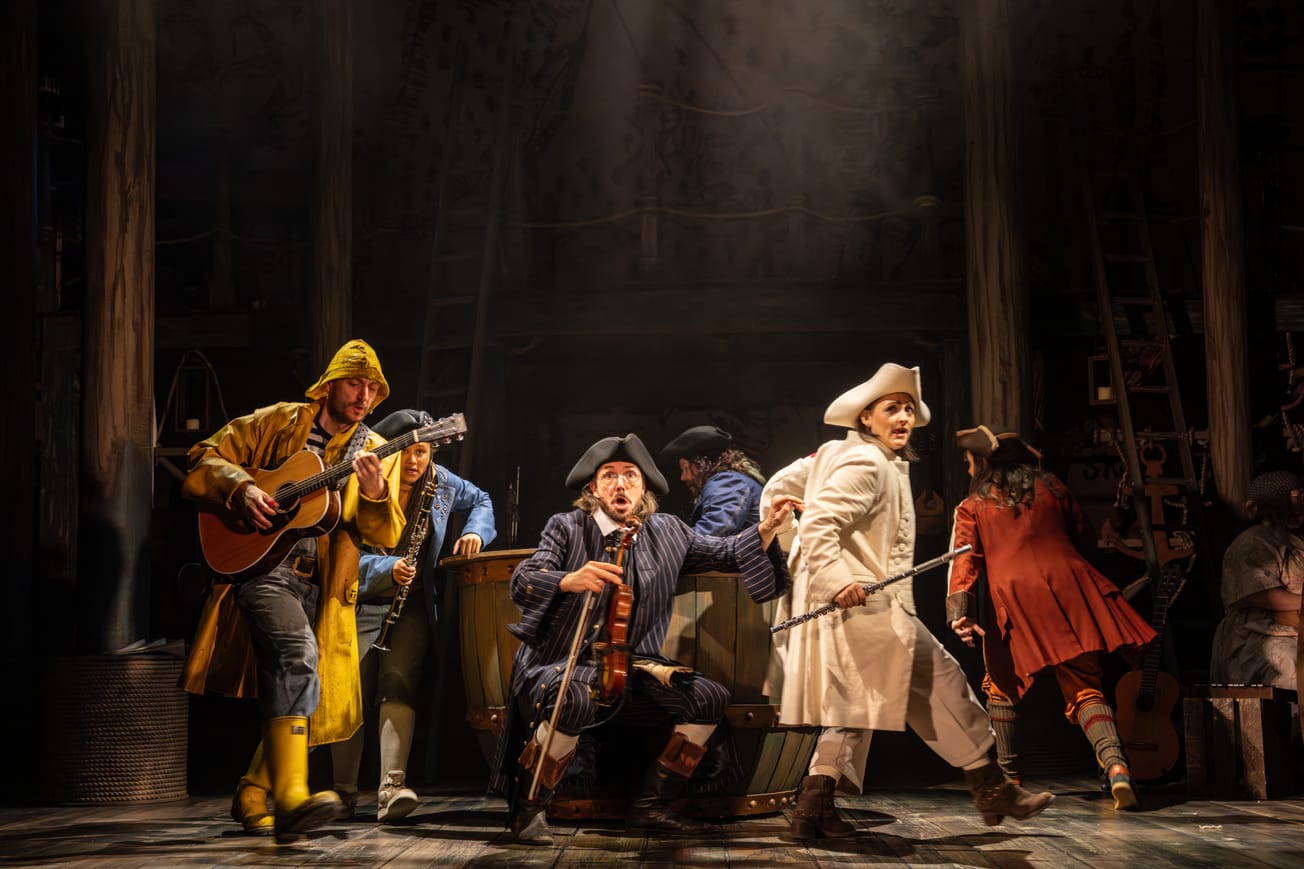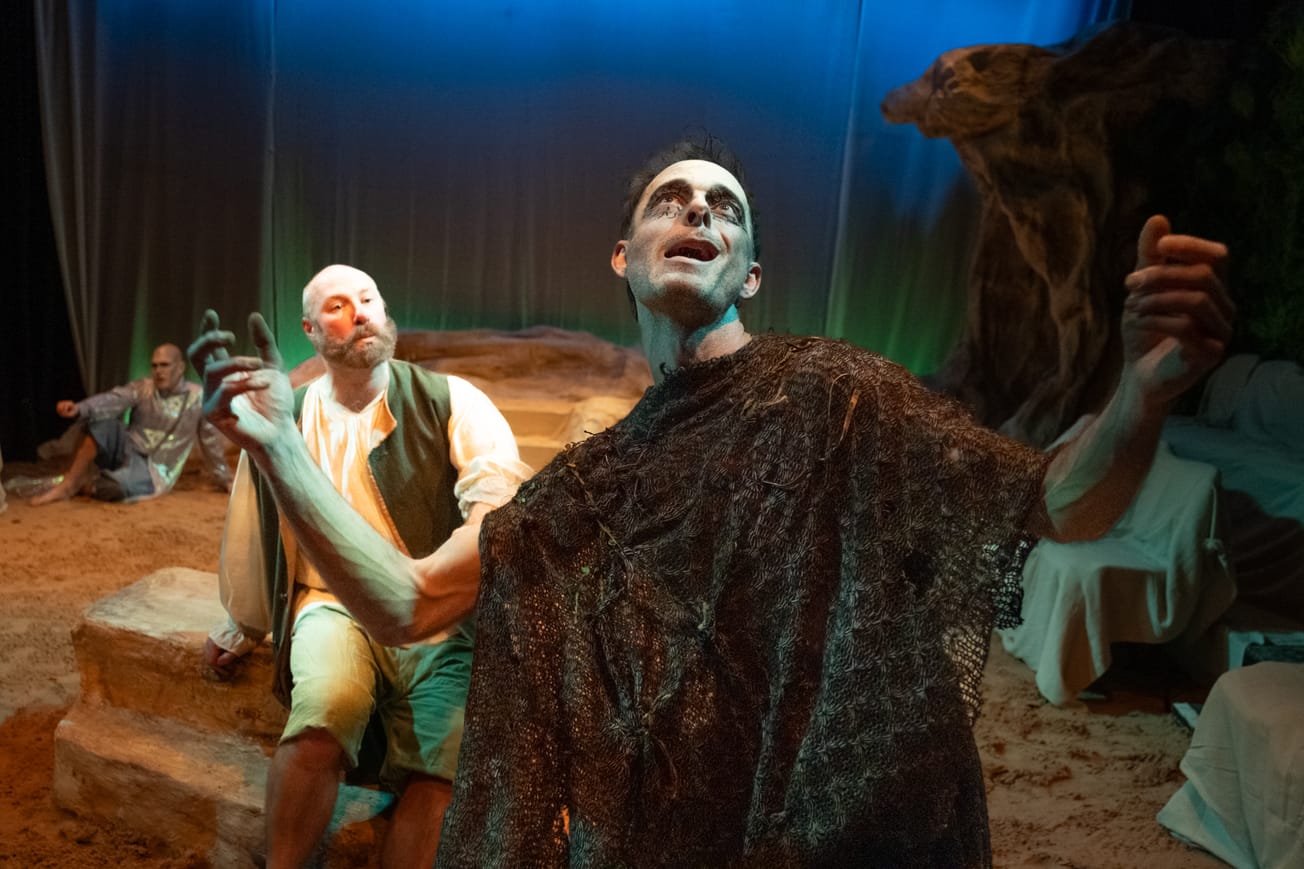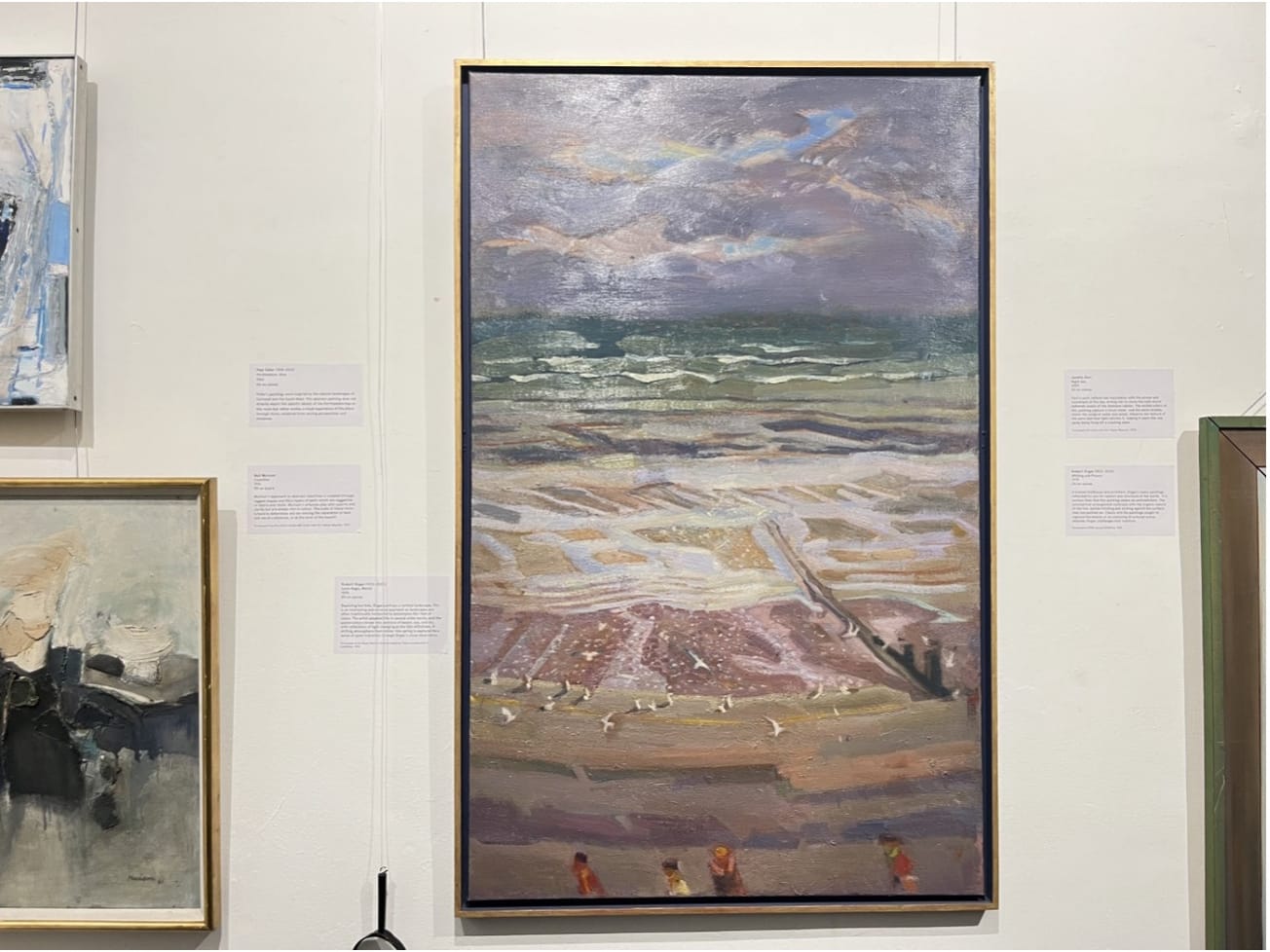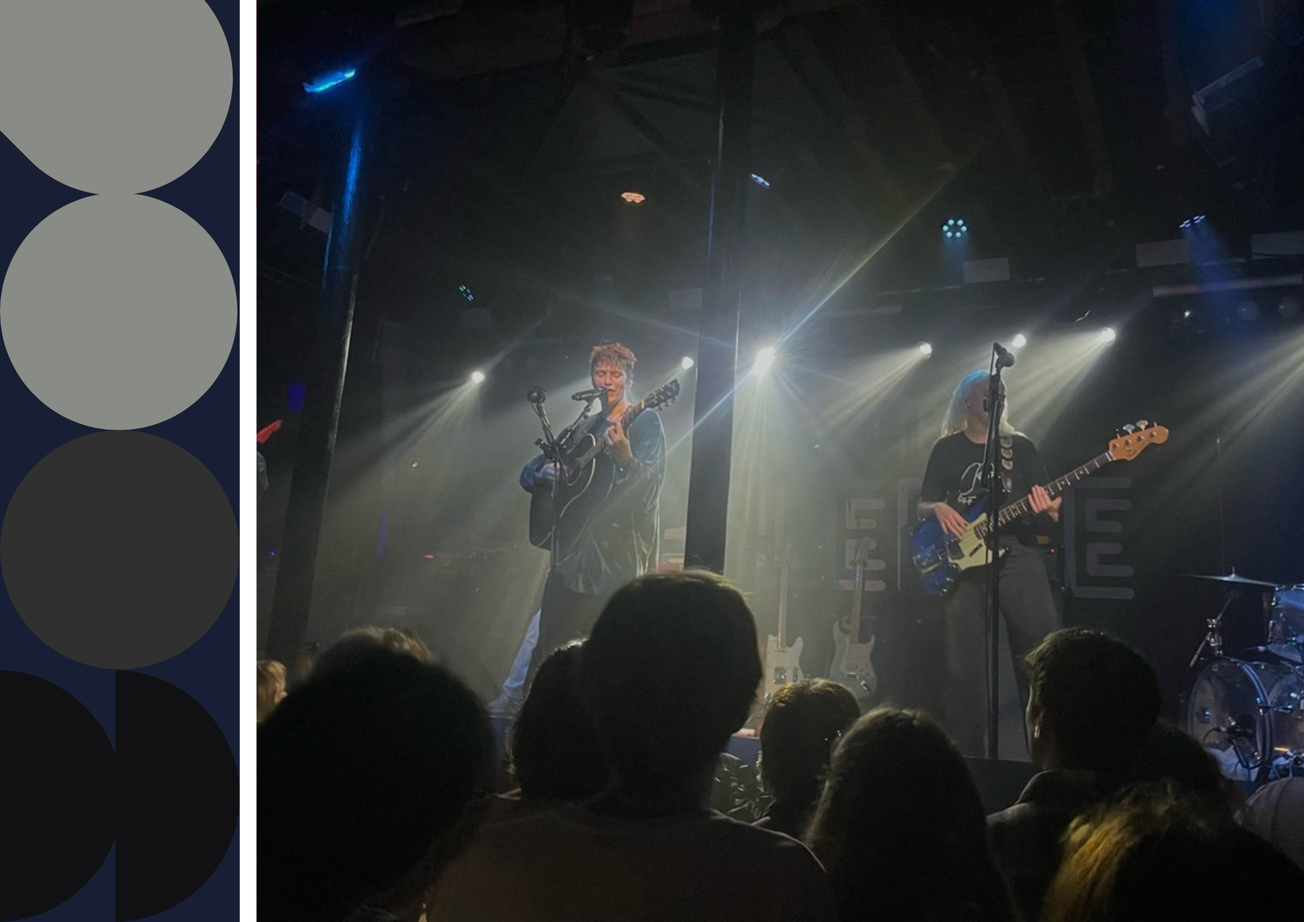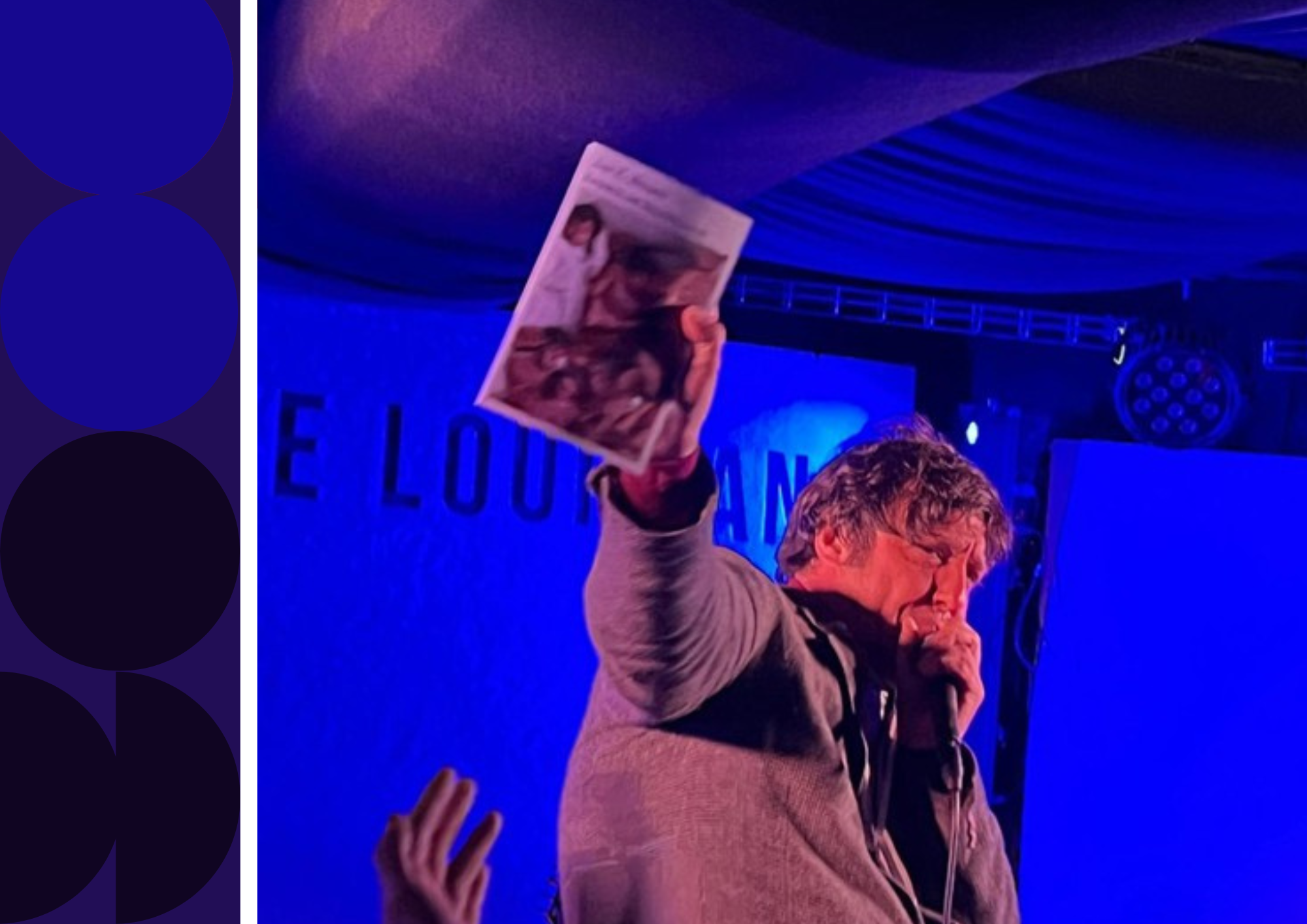Last week Fashion Week once again retuned to London, and those who couldn’t walk the runway took to the streets to showcase their best looks. Amongst the big brands and celebrity lined runways, Bullock Inclusion’s ‘Future of Fashion’ show offered something more than carefully curated outfits and A-list front rows. Centred around both sustainability and social inclusion, this show’s catwalk was both walked and wheeled by disabled models in sustainable designs from Central St Martins and the Royal College of Art students, as well as up and coming brands like Arcas Bear (@arcasbear_sneakers).
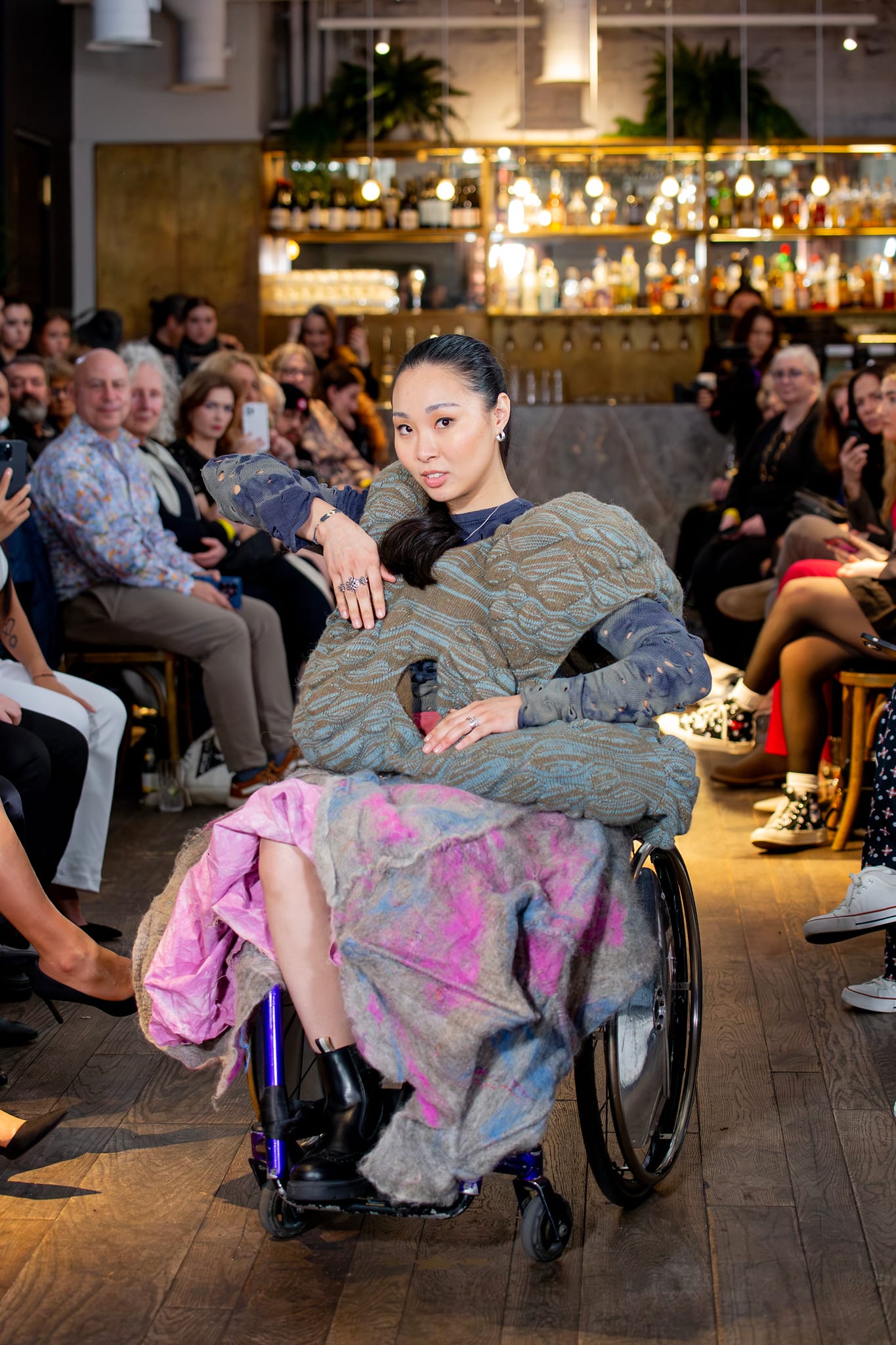
With almost 150 charity shops across our city, the fashionistas and charity shop warriors of Bristol may consider themselves well-versed in the art of shopping sustainable fashion. However, what is lesser known to us, and the wider fashion sphere, is the term ‘adaptable fashion’, a central part of the shows efforts towards inclusion. The show opened with a panel discussion in which Victoria Jenkins (@Victoriaannofficial), CEO and founder of Unhidden, outlined why digital ableism and marketing are to blame for this lack of awareness. Unhidden is an ‘adaptable’ fashion brand, and what this means is that they produce garments that can be worn by everyone, but they have ‘adaptive’ features such as magnetic closures and adjustable fits to allow for stoma or catheter access. They are clothes that are functional for those with disabilities, without compromising style and identity. Unhidden now have a partnership with Primark, bringing adaptable fashion to the Highstreet. Unfortunately, despite this collaboration, and the undoubtable need for brands like this, it is still relatively unknown to the average shopper. This is because of something we all constantly interact with: our digital algorithms. Nowadays digital media plays an essential role in how work from creators like Jenkins is seen, but digital ableism means there is an algorithm actively working against engagement with her platform. For example, if you use camel casing in your hashtags, or alt text, it reduces your reach. Jenkins explains that this is not just experienced by adaptive brands and that when bigger brands do campaigns on ethnicity or disability, engagement plummets.
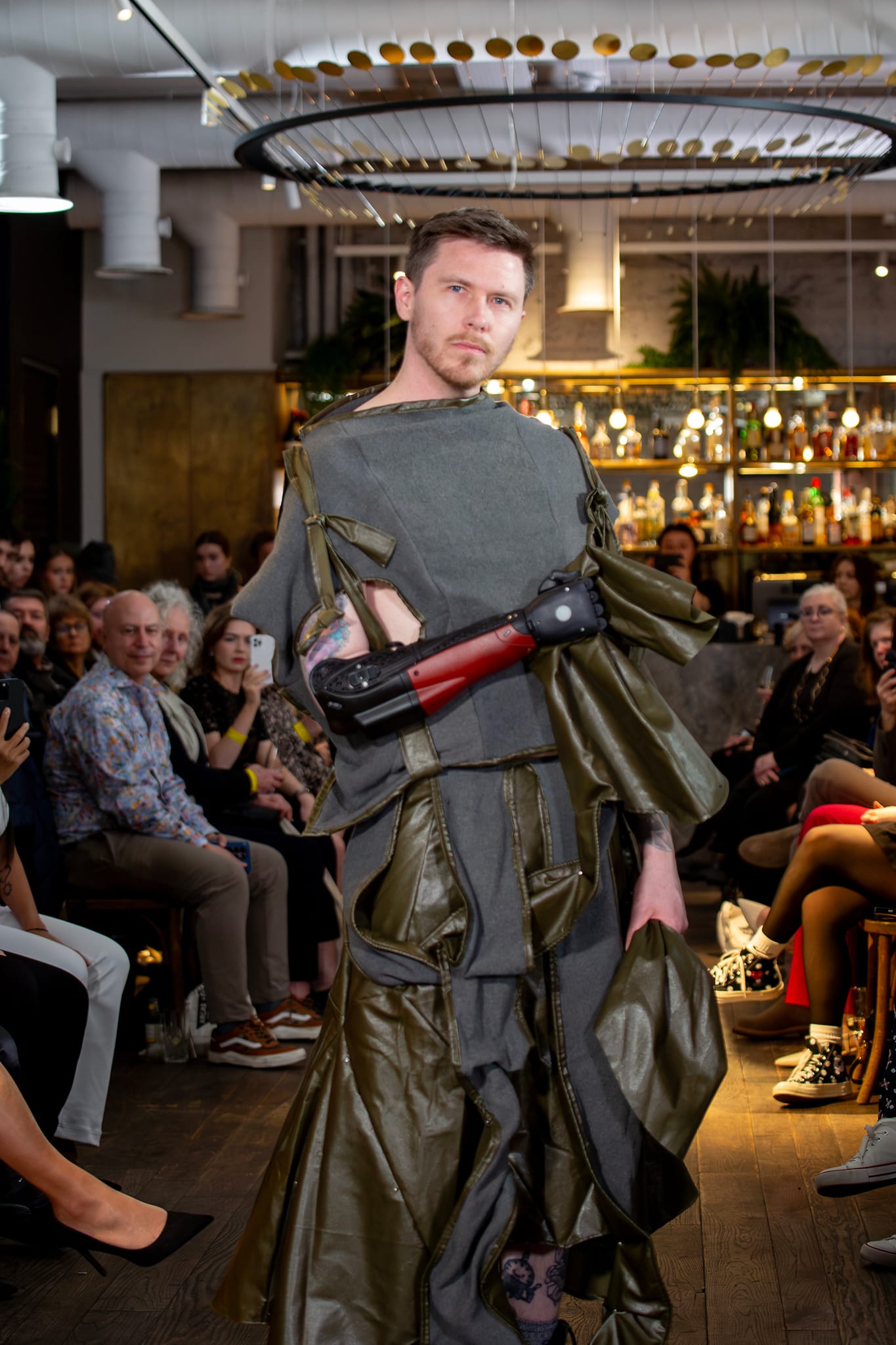
Inclusive brands like Unhidden also face digital challenges by Meta’s 2022 decision to make the disabled community a protected characteristic, meaning you can’t target them for adverts on Meta platforms. This means that if Jenkins tries to sell an item of her clothing by using an image of a person in a wheelchair, the post is flagged and if there are multiple posts like this from an account they are suspended and/or banned from advertising. So information about incredible brands like these simply aren’t reaching the people who need them.
Most people will agree that fashion is a means for us to express our identities and our creativity. Those with disabilities should have just as much opportunity to do so. This is why shows like ‘Future of Fashion’ and brands like Unhidden are so important in growing awareness, and therefore inclusion, in the fashion industry.
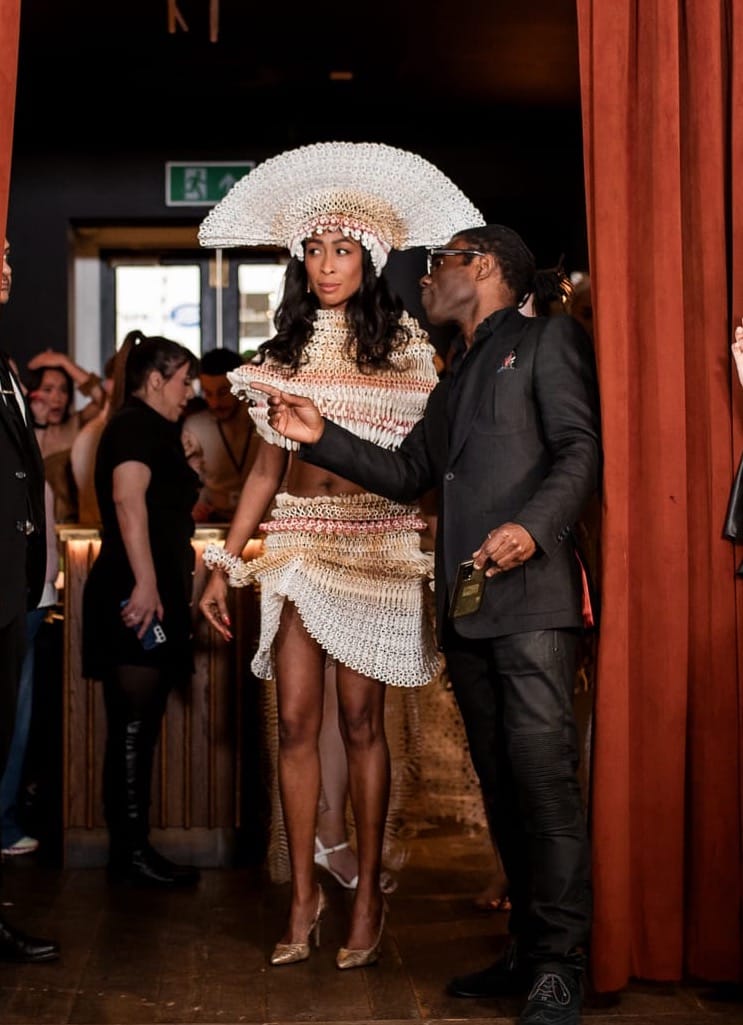
(Pictured below) Louise McOvens, one of the shows models at her first fitting at Central St Martins. Incredibly Louise is a 5-time sepsis survivor and amputee following a car accident when she was 18. Her outfit is made entirely out of recycled materials, and she described how the students designed her skirt “with a panel to allow me to access [her] leg and show it off if [she] wanted” or release a button which covers it. Creative and adaptable designs like those featured in this project are so important in helping people take their disabilities in their stride and this is why shows like ‘Future of Fashion’ and brands like Unhidden are so important in growing awareness, and therefore inclusion, in the fashion industry.
